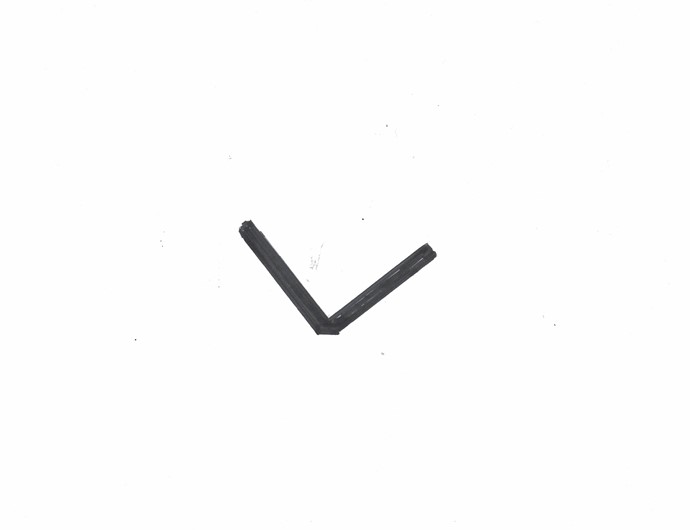What is the best way to measure S&W 5 groove rifling? I have been trying to determine the groove diameter on a revolver. I slugged the bore, and had been measuring, by placing the bullet in a micrometer, and slowly turning the bullet, until it just rubs on the anvil, and taking the reading from there. I know there are some sophisticated ways of measuring, but what is the best method the average person can use, to get a reading?
I know there used to be a member here, that if you would send him the bullet, he had the proper equiptment to measure, and he would tell you the diameter.











